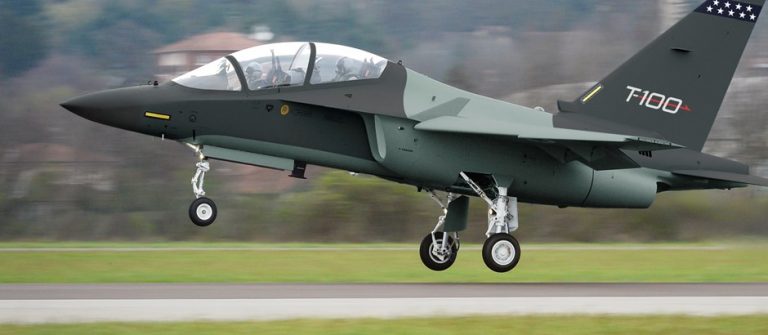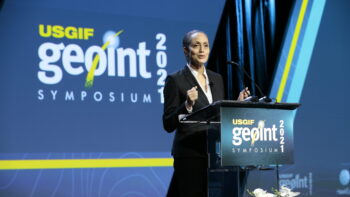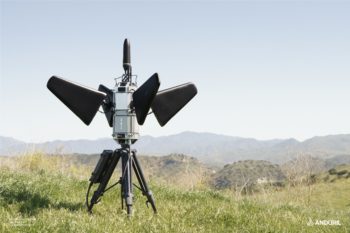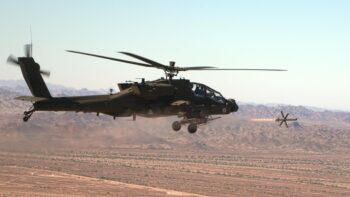
DRS T-100, its entrant in T-X competition
PARIS AIR SHOW: With the competition for the US Air Force’s T-X trainer system increasingly seen as a battle between Lockheed Martin and Boeing, it’s easy to overlook perhaps the most intriguing entry: DRS, the US subsidiary of European aerospace giant, Leonardo.
Almost everyone who looks at the fairly raucous battle — Northrop was in, then it was out; Raytheon was in with Leonardo, then it was out; tiny Sierra Nevada teamed with Turkish Aerospace Industries in a true long shot — tends to overlook the DRS offering, known as the T-100.
The company is offering a variant of a well-established aircraft, the M-346, paired with training software and simulation by CAE Systems. I interviewed Rico Vaca, a DRS expert on the T-100 offering, and asked him the basic questions. OK, Boeing and Saab are offering a brand new aircraft, one they built and got into the sky very rapidly. Does this give them an advantage? Since Lockheed and Korean Aerospace Industries are also offering a proven aircraft, what makes your offering more attractive? Watch the video above for his answers.
Hint: Israel already is using the M-346 system to train its F-35 pilots, without their having to bridge through the F-16. And Italy, which is one of two foreign countries to assemble F-35s, plans to use the system. This may come to be a key factor in costs.
Since all the aircraft must meet the same Air Force requirements, the real differentiator, most company officials agree, will be the fidelity and flexibility of the training software and, well, how much the package costs. Northrop and Raytheon both dropped out, many said, when they realized they weren’t likely to make much — if any — money should they have won. For those who wonder at a “foreign” company building these, the aircraft will be built in Tuskeegee, Ala. And DRS is headquartered in Arlington, Va.























